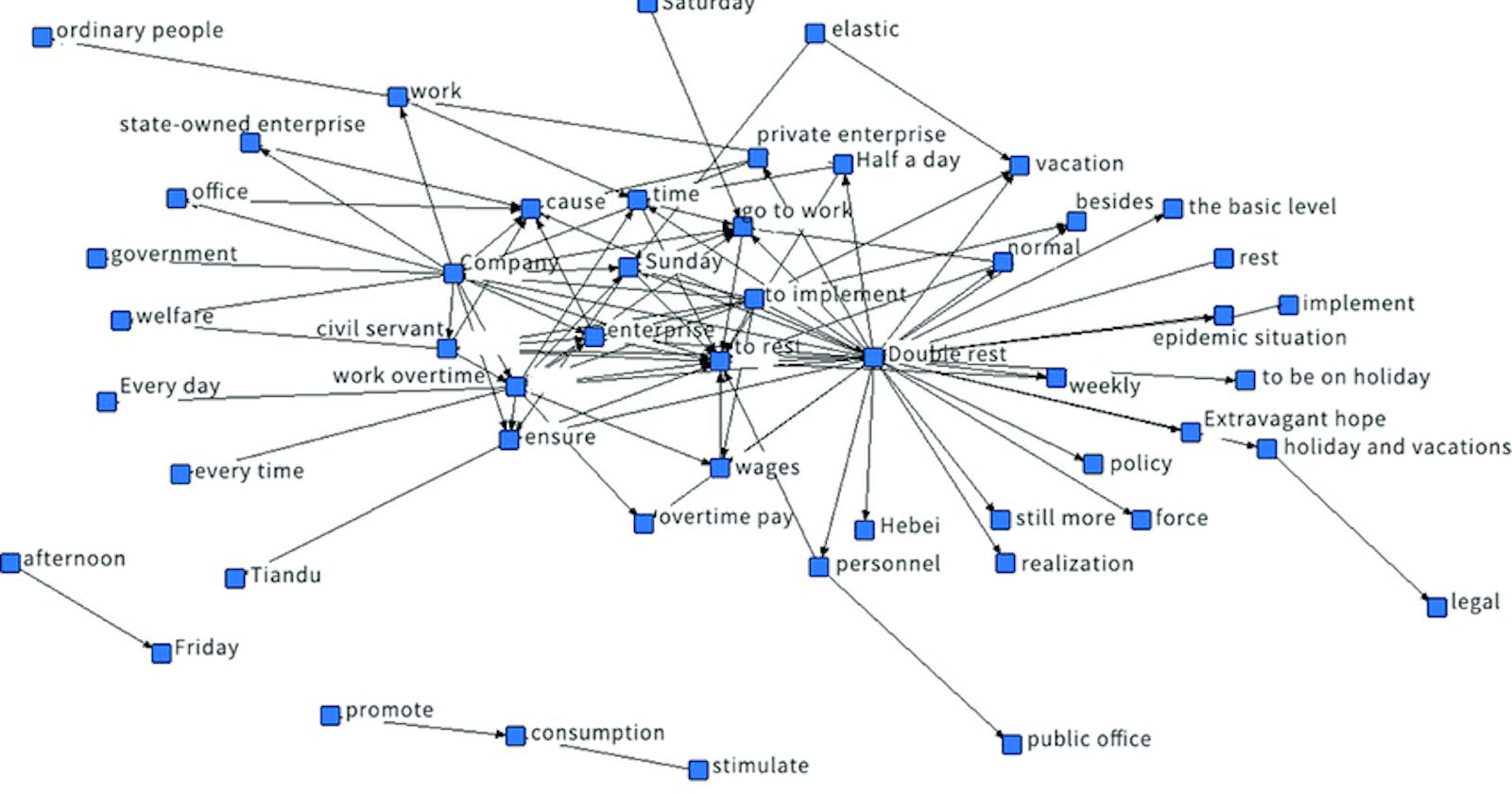Introduction
Graphs are an essential data structure in computer science, and they are used in various applications. One of the common problems that arise when working with graphs is finding the number of provinces in a graph. In this blog, we will discuss a simple algorithmic approach to solve this problem.
Problem Statement
Given an n x n matrix isConnected representing the adjacency matrix where isConnected[i][j] = 1 if the ith city and the jth city are directly connected, and isConnected[i][j] = 0 otherwise, return the total number of provinces.
Background Theory
Before we dive into the algorithmic approach, let's first understand some basic concepts of graphs. A graph is a data structure that consists of a set of vertices and a set of edges. Each edge connects two vertices, and it represents a relationship between them. A graph can be represented using an adjacency matrix or an adjacency list.
Algorithmic Approach
The algorithmic approach to finding the number of provinces in a graph involves the following steps:
Initialize a vector of bools to keep track of visited vertices.
Initialize a counter to keep track of the number of provinces.
Initialize a queue to perform a breadth-first search.
For each unvisited vertex, increment the counter and perform a breadth-first search to visit all connected vertices.
Mark all visited vertices as true.
Return the counter.
Here is the implementation of the algorithm in C++:
int findCircleNum(vector<vector<int>> &isConnected)
{
int n = isConnected.size();
vector<bool> visited(n, false);
int provinces = 0;
queue<int> q;
for (int i = 0; i < n; i++)
{
if (!visited[i])
{
provinces++;
q.push(i);
while (!q.empty())
{
int cur = q.front();
q.pop();
visited[cur] = true;
for (int j = 0; j < n; j++)
{
if (isConnected[cur][j] == 1 && !visited[j])
{
q.push(j);
}
}
}
}
}
return provinces;
}
Time Complexity
The time complexity of this algorithm is O(n^2), where n is the number of vertices in the graph.
Space Complexity
The space complexity of this algorithm is O(n), as we are using a vector of bools to keep track of visited vertices and a queue to perform a breadth-first search.
Conclusion
In conclusion, we have discussed a simple algorithmic approach to finding the number of provinces in a graph. This approach has a time complexity of O(n^2) and a space complexity of O(n). This algorithm is efficient and can be used in various applications that involve graphs.
